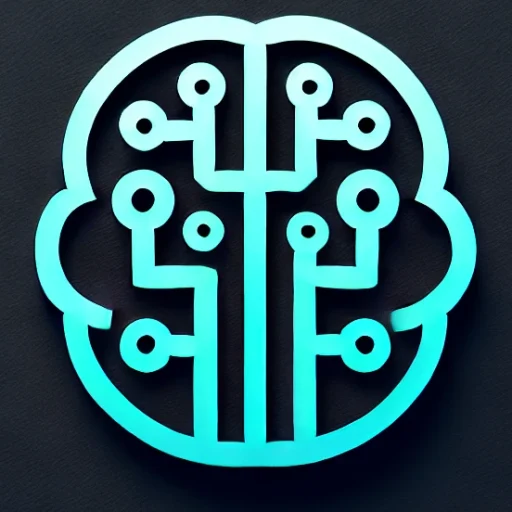
Introduction
In recent years, the field of artificial intelligence has witnessed significant advancements, with generative AI emerging as a transformative force that is reshaping industries and redefining what machines can create. This cutting-edge technology, powered by models like OpenAI’s GPT-3 and DALL-E, is no longer confined to academic research or niche applications. Instead, it is making its way into everyday life, influencing creativity, productivity, and innovation in unprecedented ways. In this blog, we’ll explore the rise of generative AI, its latest breakthroughs, and its profound impact on various sectors.
Key Insights & Latest Advancements
Generative AI refers to algorithms that can generate new content, be it text, images, music, or even code, based on the data they have been trained on. The advancements in this area have been fueled by deep learning techniques, particularly transformer architectures, which have dramatically improved the quality and coherence of AI-generated content.
-
GPT-3 and Beyond: OpenAI’s GPT-3 remains one of the most impressive language models, capable of producing human-like text. However, newer models, such as ChatGPT and Google’s Bard, have pushed the envelope even further with improved understanding and user interaction capabilities, making AI-generated content more engaging and contextually relevant.
-
DALL-E and Image Synthesis: DALL-E, another creation by OpenAI, demonstrates AI’s prowess in generating images from textual descriptions. The recent DALL-E 3 continues to refine this capability, producing high-quality visuals that are not just artistic but also highly practical for design industries.
-
Music and Code Generation: Beyond text and images, generative AI is advancing in creating music and writing code. Tools like OpenAI’s MuseNet and Codex symbolize the AI revolution in these fields, offering novel ways to compose music and assist in programming.
Real-world Applications
Generative AI’s impact is widespread, with applications across various domains:
-
Creative Industries: From fashion design to digital art and advertising, generative AI is enabling designers to push creative boundaries by offering unique, AI-generated concepts and designs.
-
Content Creation: Journalists and marketers use AI to draft articles, craft engaging social media content, and generate product descriptions, cutting down time and resource expenditure while maintaining quality.
-
Healthcare: In drug discovery and personalized medicine, generative AI aids in simulating complex biological processes and predicting the outcomes of new drug compounds, accelerating research timelines.
-
Gaming and Entertainment: AI-driven game design is becoming more prevalent, allowing for dynamic storytelling and adaptive gameplay, thus enhancing user experience.
Challenges & Future Outlook
Despite its tremendous potential, generative AI faces several challenges:
-
Ethical Concerns: The ability of AI to create convincing fake text and images raises issues around misinformation, copyright infringement, and deepfakes, necessitating robust regulatory frameworks and ethical guidelines.
-
Bias and Fairness: AI models can inadvertently perpetuate biases present in their training data, leading to unfair outcomes. Continuous efforts are needed to mitigate these biases and ensure fairness.
-
Resource Intensity: Training large AI models is resource-intensive, raising concerns about environmental impact and accessibility. Innovations in efficient model training and energy usage are critical.
Looking forward, leveraging generative AI responsibly will require collaboration between developers, policymakers, and society at large. As the technology matures, the focus will shift toward creating AI that not only augments human creativity but also respects ethical boundaries and environmental sustainability.
Conclusion
Generative AI stands at the forefront of technological innovation, poised to revolutionize how we create, design, and interact with machines. Its transformative impact on diverse industries underscores the importance of understanding and harnessing this technology responsibly. As we embrace the capabilities of generative AI, it is crucial to address the accompanying challenges to unlock its full potential for a future where AI and humanity collaborate seamlessly. The journey is only beginning, and the possibilities are as limitless as our imagination.

